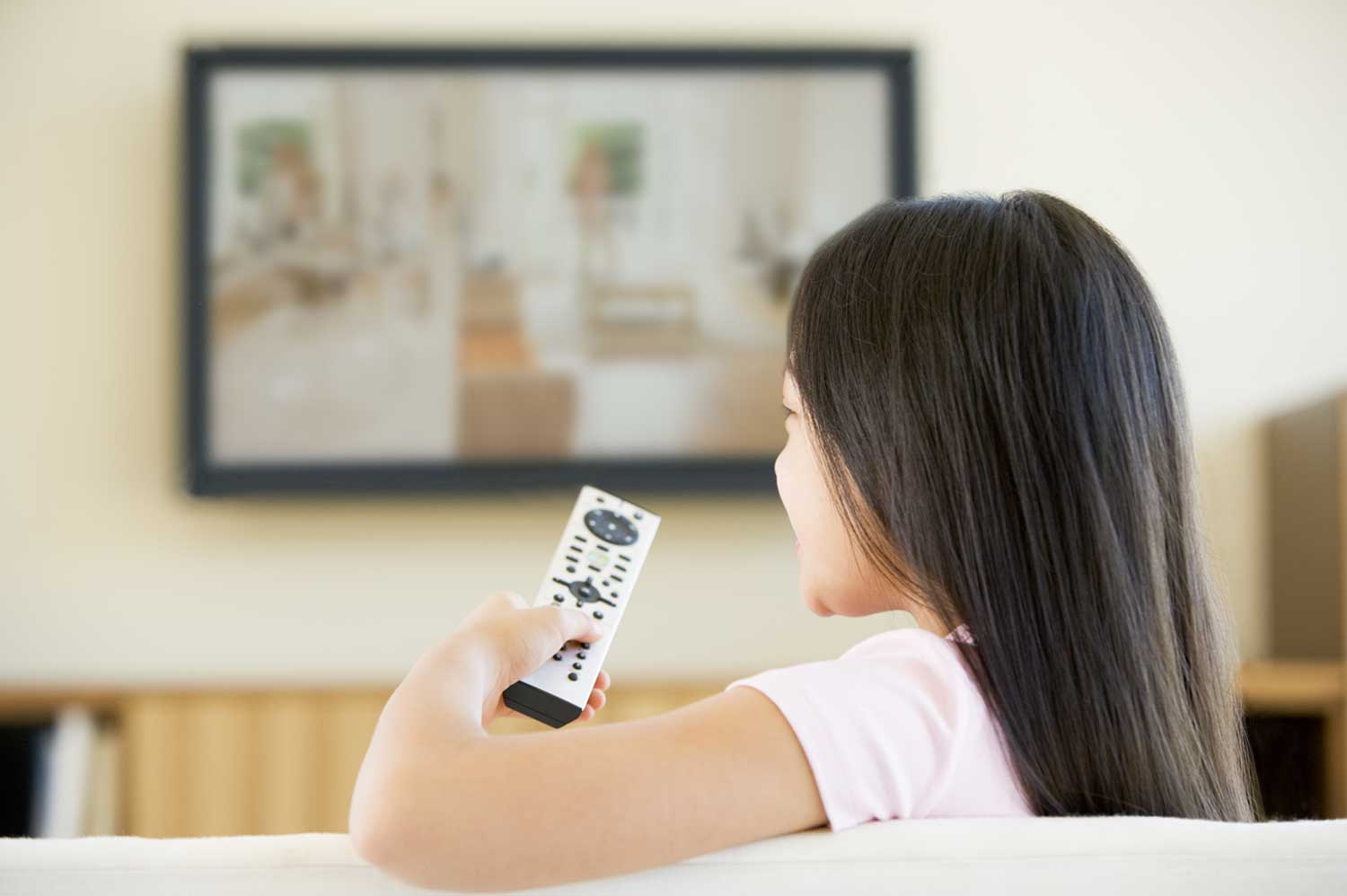Preparing for the Switching Off of Analogue Television Services and the Migration to Full Digital Terrestrial Television Services
In Hong Kong, both analogue television and DTT services are currently operated in the 470 – 806 MHz band, the frequency band allocated by the International Telecommunication Union (ITU) primarily for TV broadcasting services worldwide.
With ASO scheduled on 30 November 2020 (23:59 hours), Hong Kong will enter an era of full DTT broadcasting from 1 December 2020 onwards. ASO will vacate valuable spectrum in the 614 – 806 MHz band to address the increasing demand
for spectrum for high value-added mobile telecommunications services.

During the year, OFCA worked closely with broadcasters, including TVB, HKTVE (which operates ViuTV), Fantastic TV (which operates Hong Kong Open TV), RTHK, and relevant stakeholders to make preparations for ASO in Hong Kong and the
vacation of the 614 – 806 MHz band for mobile telecommunications services after ASO. OFCA also maintained close liaison with the Mainland authorities on post-ASO frequency coordination matters. In July 2019, advance notices
were issued to TVB, HKTVE and RTHK on the variation of their spectrum assignments currently used for the transmission of Jade, ViuTV, ViuTVsix, RTHK31, RTHK32 and RTHK33 TV channels, to take effect on 1 December 2021. To ensure
a smooth transition to full DTT broadcasting, OFCA has been convening a technical working group since September 2019 comprising representatives from broadcasters and industry players to prepare and coordinate the relevant technical
implementation arrangements for ASO and the variation of the spectrum assignments.
After ASO, TVB, HKTVE and RTHK will be required to relocate their TV frequency channels in the 614 – 806 MHz band to the 470 – 614 MHz band, thereby making available a total of 140 MHz of spectrum in the 614 – 806 MHz band for the
provision of high value-added mobile telecommunications services. OFCA has been coordinating with the Mainland authorities on the use of the radio spectrum in the 470 – 806 MHz band and will work with the relevant broadcasters
and stakeholders on ASO as well as the relocation of the relevant TV frequency channels.
Review of Television and Sound Broadcasting Regulatory Frameworks by the Government
With OFCA’s support, the Commerce and Economic Development Bureau (CEDB) completed a review of the television and sound broadcasting regulatory frameworks with a view to removing out-dated requirements for licensed broadcasters so
as to further promote the development of the local broadcasting industry. Following the review, CEDB introduced in the Sixth Legislative Council (LegCo) term the Broadcasting and Telecommunications Legislation (Amendment) Bill
2019 proposing legislative amendments for the relaxation measures.
Licence Administration
Lifting of the Requirements for Domestic Free Television Programme Service Licensees to Broadcast Educational Television Programmes and RTHK Programmes
We assisted the CA in implementing relaxation measures by lifting the requirements for domestic free television programme service (free TV) licensees to broadcast ETV programmes and RTHK programmes, thereby easing the regulatory burdens
on the licensees having regard to the changing circumstances.

In response to a request from TVB received in August 2019 to cease the requirement for the broadcast of ETV programmes1, the CA consulted the relevant policy bureaux, i.e. CEDB and the Education Bureau. In light of the growing
trend in accessing ETV programmes through the Internet and mobile application, the demand for viewing ETV programmes on free TV channels at designated hours on each school day will further diminish in the future. Therefore, the
CA announced its decision in January 2020 to lift the requirement on the broadcast of ETV programmes by free TV licensees after the end of the school year on 6 June 2020. The public will continue to have access to ETV programmes
through RTHK’s free TV channels and other new media platforms.
In January 2020, the CA received a request from TVB to lift the requirement on the broadcast of RTHK programmes2. The CA consulted the relevant policy bureau, i.e. CEDB and noted that RTHK had no objection. After careful
consideration of relevant factors (including the coverage of RTHK’s own DTT channels and the policy objective to provide diversified programme choices to the public, etc.), the CA announced its decision in March 2020 to revoke
the directions issued to free TV licensees on the broadcast of RTHK programmes.
Applications for Grant/Renewal of Non-domestic Television Programme Service Licence and Other Licensable Television Programme Service Licences
In 2019/20, OFCA processed an application for renewal of non-domestic television programme service licence, which was subsequently rejected by the CA, and two applications for renewal of other licensable television programme service
licences for the provision of television programme services in hotel rooms in Hong Kong, which were approved by the CA. OFCA also handled a case of termination of other licensable television programme service licence upon application
by the licensee.
Handling of Broadcast Complaints
The CA does not pre-censor broadcast content. Instead, it adopts a complaint-driven approach to ensure that broadcast content complies with prevailing legislation, licence conditions and the codes of practice that it has issued. As
the executive arm of the CA, OFCA assists the CA in handling complaints about broadcast materials in accordance with provisions in the Broadcasting (Miscellaneous Provisions) Ordinance (Cap. 391) (B(MP)O) and the broadcast complaint
handling procedures of the CA.

In 2019/20, OFCA handled 1 189 cases (involving 22 179 complaints)3, which represented a reduction of 21% in the number of cases, but a significant increase of 480% in the number of complaints processed4, as compared
with the figures recorded in 2018/19 (1 504 cases, involving 3 827 complaints). Among those cases handled, 11 cases (involving 19 517 complaints) were referred to the Broadcast Complaints Committee under the CA for consideration
before submission to the CA for deliberation and determination. Details of the complaint cases considered by the CA are published on its website. The Director-General of Communications handled the remaining 1 178 cases (involving
2 662 complaints) relating to breaches of a minor nature, or allegations which did not constitute any breach or were outside the remit of section 11(1) of the B(MP)O (i.e. the substance of the complaints did not involve contravention
of relevant legislation, licence conditions or provisions in the codes of practice) with powers delegated by the CA.
- According to the Broadcasting Ordinance (BO) and the free TV licences, the CA may direct a licensee to broadcast without charge any ETV programmes supplied by the Government.
- Pursuant to the relevant licence condition in the free TV licences, the CA may direct a licensee to broadcast TV programmes and other material in the public interest provided by the Government.
- To ensure operational efficiency, complaints with similar allegations relating to the same issue or broadcast material are handled together and counted as a single case.
- The increase in the number of complaints processed in 2019/20 was mainly attributed to three complaint cases concerning recent social events which gave rise to a total of over 17 000 complaints in 2019/20.